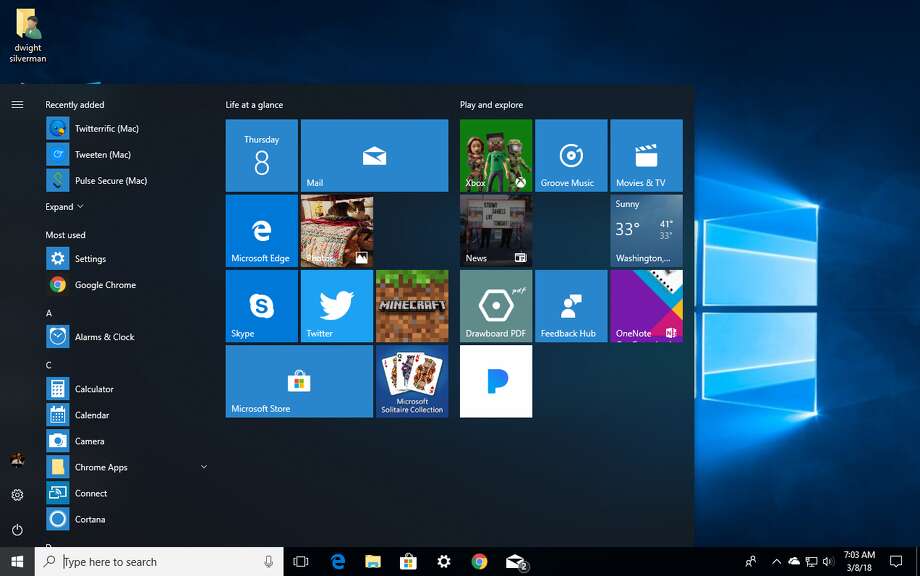
Every version of Windows 10 will soon get a streamlined “S” mode.
Less than a year after introducing Microsoft Windows 10 S, a lightweight version of Microsoft’s operating system marketed to students and businesses, the company is now folding the separate systems’s main features into every version of Windows.
Windows 10 S will now become “S mode” in Windows 10 Home, Windows Pro PC and Windows 10 Enterprise, according to a Wednesday blog post from Microsoft corporate vice president Joe Belfiore. The change is prompted, in part, by feedback that having so many versions of Windows was confusing, Belfiore said.
The system, which lets people run apps only from Microsoft’s app store, was introduced last May and seen as a close competitor to Google’s Chrome OS. It was particularly marketed to elementary, middle and high school students – a market Google dominates in the United States – as a more streamlined and secure system, ideal for parents and teachers looking for a way to limit their children’s computers.
Windows 10 S users always had the option to switch to the normal version of Windows, for $49. Now, any Windows user will be able to switch in and out of S mode free. The announcement follows reports from the tech blog Thurrott earlier this month that 10 S would merge into Windows 10.
Microsoft Introduces Affordable Laptops for Education Microsoft is hoping to steal some of the education market back from the clutches of Google with an attractive $189 price point for its Windows 10 notebooks. Lenovo’s 100E is the cheapest machine, starting at $189 with an Intel Apollo Lake Celeron processor. There is also the Classmate Leap T303 ($199) and Trigono V401 convertible with pen and touch functionality ($299). Analyst firm Futuresource estimates that in the third quarter of 2017, Google’s low-cost Chromebooks accounted for 59.8 percent of the laptop market for K-12 education. Microsoft Windows devices’ 22.3 percent share.
Media: Wibbitz
Google, Apple and Microsoft have all worked hard to get their devices into classrooms. The education market is strategically important to tech companies, who see a foothold in the classroom as a way to familiarize kids with their technology.
That strategy doesn’t always translate into making lifelong customers. Analyst Patrick Moorhead of Moor Insights noted that Apple, which held the education market for years, has never overtaken Windows in offices.
Still, the education market is a focus for Microsoft. It’s made some gains against Google, which still dominates the sector with 58.3 percent of market share, according to a Wednesday report from the analysis firm FutureSource. Apple, which has worked to get iPad tablets into schools, saw its share slip slightly, the report said.
FutureSource estimated that, overall, the market grew 11 percent last year, to a total of 29.2 million units in the United States.
Making Windows 10 S into a mode for all versions of Windows is a good move for Microsoft, Moorhead said, and could give the company an easier path into schools. If schools, for example, want to use virtual reality on classroom computers, it’s now free and easy to convert a locked-down laptop into a full-featured one.
“This is just different packaging; it’s simpler,” he said.
[“Source-sfgate”]
